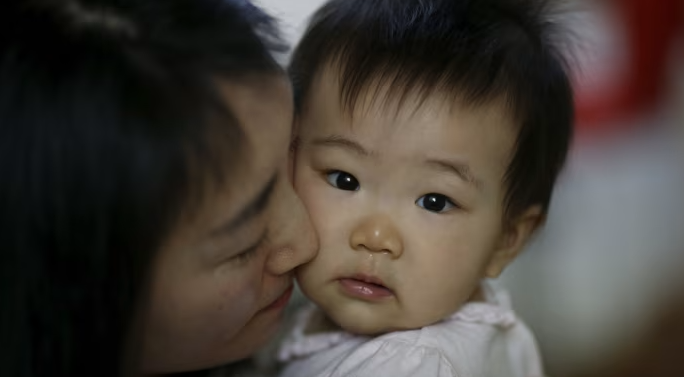
In the heart of Asia’s technological and cultural powerhouse, South Korea, a silent crisis brews, one that poses a profound challenge to its future economic stability and social fabric. The nation grapples with a demographic crisis unprecedented in its history, marked by a sharp decline in fertility rates to record lows, painting a stark picture of aging populations and shrinking workforces. This article delves into the complexities of South Korea’s fertility dilemma, exploring its roots, implications, and the government’s efforts to reverse the trend.
The Fertility Freefall
South Korea’s fertility rate, the average number of children a woman is expected to have during her lifetime, plummeted to an all-time low of 0.72 in 2023, from 0.78 in 2022. This decline is not just a statistic but a reflection of deep-seated societal and economic challenges. The fertility rate, significantly below the replacement level of 2.1 needed to maintain a stable population, underscores a looming demographic crisis.
Underlying Causes

The reasons behind this drastic decline are multifaceted. At the forefront is the concern among women regarding career advancement and the financial burden of raising children. In a society where career progression and financial stability are highly prized, many women opt to delay childbirth or forgo having children altogether. The societal expectation that women bear the brunt of childcare further exacerbates this issue, as it often leads to career disruptions.
Moreover, South Korea faces the worst gender pay gap among OECD countries, with women earning significantly less than their male counterparts. This disparity not only affects women’s economic independence but also their willingness to take on the financial responsibility of raising a family.
Economic and Social Implications
The repercussions of South Korea’s declining fertility rate extend beyond the immediate concerns of population decline. The demographic shift towards an aging population poses significant challenges to the nation’s economic growth and social welfare system. With a rapidly shrinking workforce, the burden on the country’s social security systems is expected to increase, potentially leading to a decrease in productivity and economic vitality.
Government Initiatives
In response to this crisis, the South Korean government has implemented a plethora of measures aimed at reversing the declining fertility trend. These efforts include substantial investments in childcare subsidies and initiatives to promote work-life balance. Despite these measures, the fertility rate continues to fall, prompting calls for a more comprehensive approach that addresses the root causes of the crisis, including gender inequality and the high cost of raising children.
South Korea’s demographic crisis serves as a cautionary tale of the complex interplay between cultural, economic, and social factors that influence fertility rates. As the nation stands at a crossroads, the path forward requires not only government intervention but a societal shift towards more inclusive policies that support family life without compromising women’s career aspirations. The resolution of this crisis is crucial for the sustainability of South Korea’s economic and social systems, demanding innovative solutions and collective action from all sectors of society.
Leave a Reply
You must be logged in to post a comment.